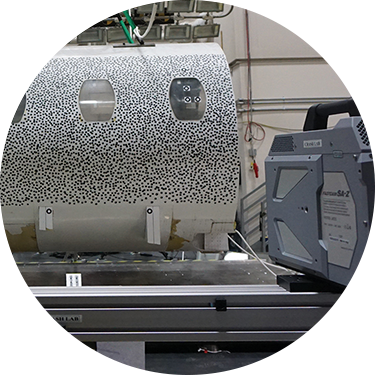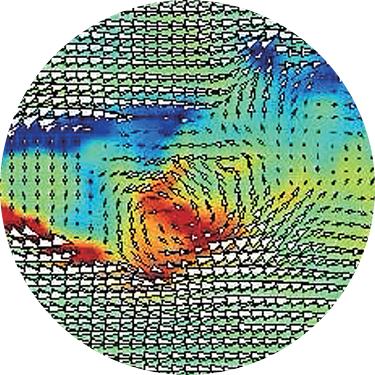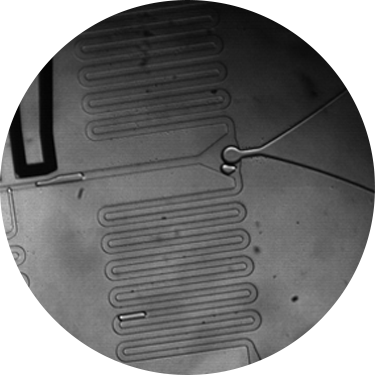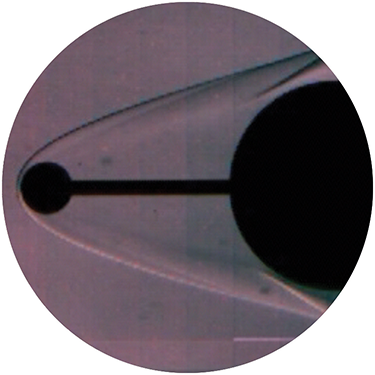Academia

Academia
For years high-speed imaging has been used in research laboratories and academic institutions worldwide providing students and faculty with detailed analysis of a wide variety of events. Common applications and techniques in the academic field include, but are not limited to, the use of Digital Image Correlation (DIC), Particle Image Velocimetry (PIV), Microfluidics, Schlieren, Combustion Research and more. To learn more about each application and technique or to find out what type of Photron high-speed camera would be best suited for those applications simply click on the title for each section.
Applications & Techniques
Digital Image Correlation

Partical Image Velocimetry

Microfluidics

Schlieren

Virtual Engineering Lab Using Photron High-Speed Cameras for Aviation Research
Laboratory Director Gerardo Olivares uses Photron’s FASTCAM SA-Z models to capture high-resolution images of events that happen too fast for the eye to see. The SA-Z high-speed cameras capture up to 20,000 fps at full resolution of 1024 x 1024 pixels.
The Virtual Engineering Laboratory has four Photron SA-Z cameras, two of which are color plus two monochrome models. Olivares says the flexibility of the frame rate and excellent quality of image resolution make the FASTCAM SA-Z an ideal high-speed camera for their testing processes.
